DISTRAINT is one of the strongest examples of psychological horror done right which I have ever encountered in any medium. This modern day Faustian tale is a nightmarish ghost story without ghosts which chronicles the choices made by its protagonist, a young man named Price, and the consequences they contain for both himself and those around him.
I want to get this out of the way before taking a closer look at DISTRAINT – this game thrives on its plot, its characters, and its aesthetics, but its gameplay mechanics are definitely its weakness. There are a few clever puzzles, especially near the end, but most puzzles are otherwise ridiculously easy, in part due to the fact that you never have access to more than two items at a time so your choices as to what to use where are pretty limited. Save points are fairly frequent, but to the best of my knowledge there is only one point in the entire game which poses any danger. To be clear, I don’t hold the lack of danger and the generally easy puzzles as points against the game and, in fact, I think these points actually work in its favor because of how crucial the narrative is to this particular experience; getting stuck for long periods of time on mindbending puzzles or dangerous foes would have definitely hurt the pacing.
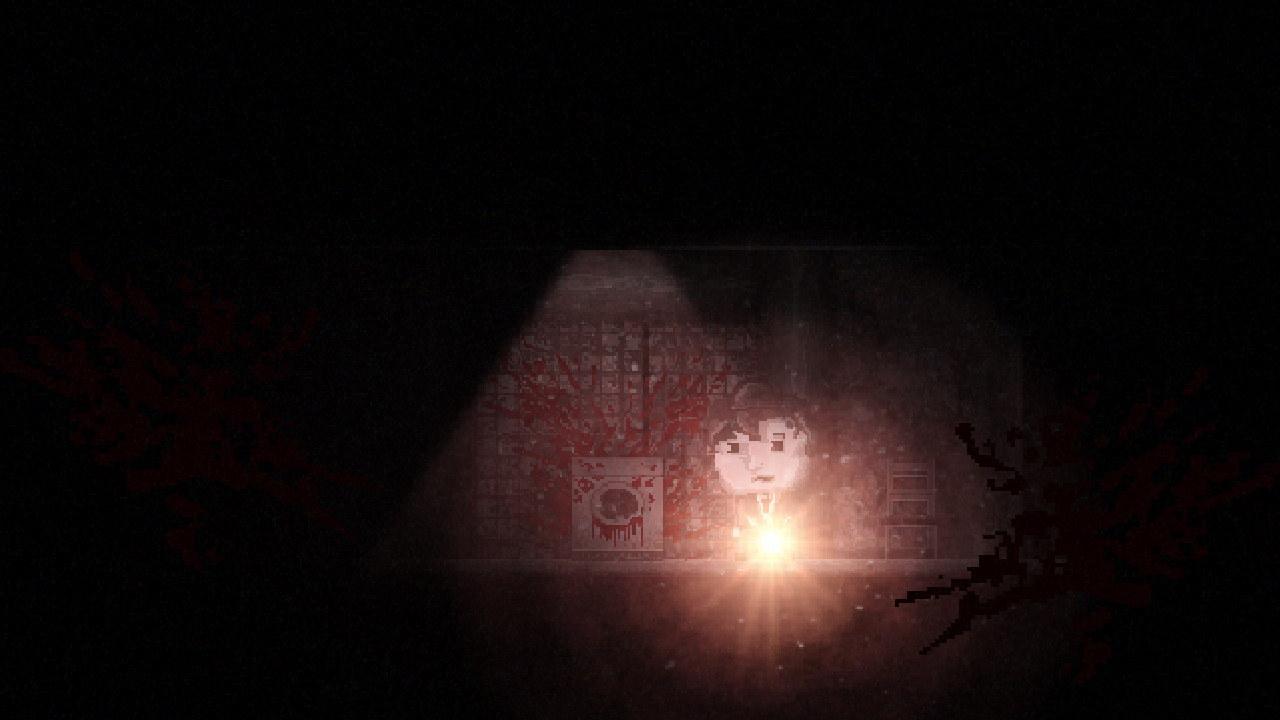
To understand what makes DISTRAINT work so well it is important to understand Price so quite a large portion of this article is going to serve as something of a character analysis while largely avoiding spoilers. Price works for McDade, Bruton, & Moore and his job consists of being the one in charge of going out and seizing property from people for one reason or another. This job is far from pleasant, but Price himself feels a great deal of empathy for those whom he evicts and is clearly uncomfortable with the task. Thus, Price is confronted with a conflict which is both realistic and humanizing as it is not as simple as a choice between good and evil. On the one hand, Price is promised greater rewards for remaining with the company and he is certainly not so important as to be irreplaceable – quitting would ultimately do little beyond silencing his own inner demons. The design of Price’s apartment also serves as a strong argument in favor of why Price might be tempted to give in to greed and material temptation. The entire apartment is monochrome, the furniture and appliances are rundown and barely functional, and the roof leaks; Price is doing well enough that quitting is unlikely to put him in physical danger, but his current life is also drab and unfulfilling and a larger paycheck carries with it a tangible way to potentially open the door to better things. On the other hand, the price which Price pays for his greed is one of severe emotional distress so strong that his sanity gradually deteriorates over the course of the game.
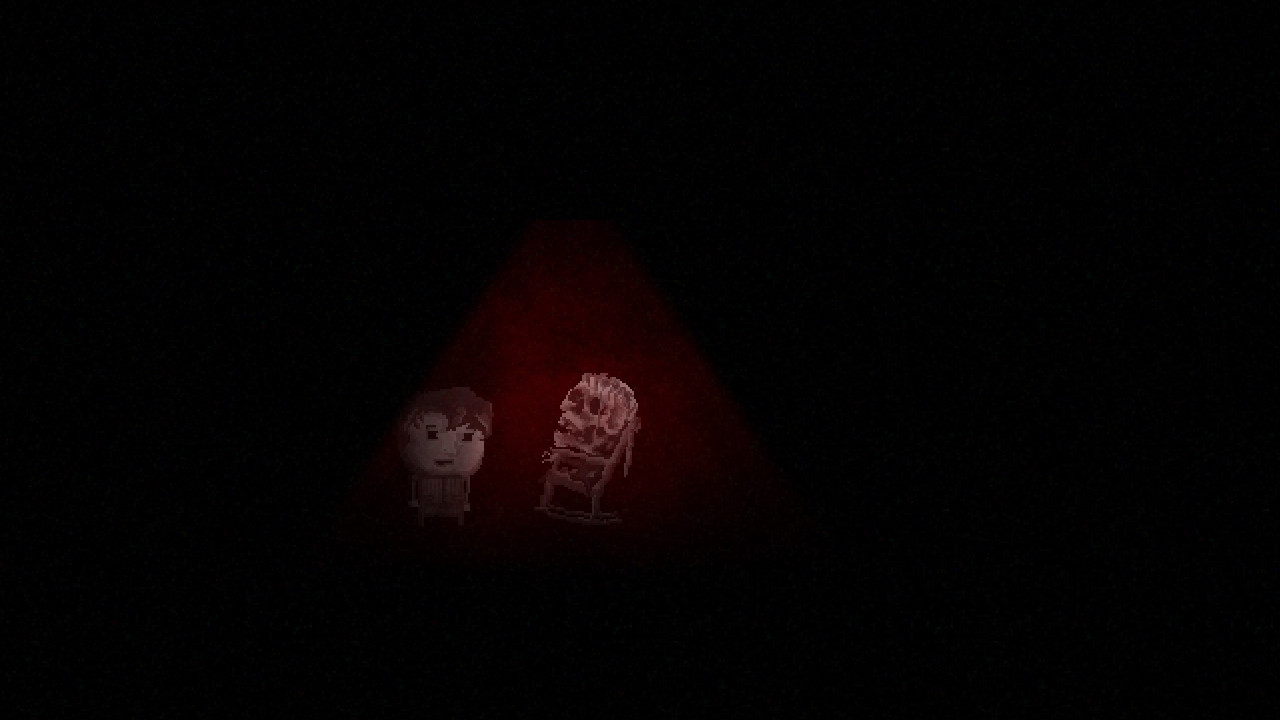
Perhaps my favorite thing about Price’s characterization is the fact that his demons are very much his own. Price is sickened by his job and gives heartfelt apologies to the people he meets; he even goes out of his way to help them with various tasks and forms a bond with several of them. For their part, the people whom he seizes property from bare him no ill will and tell him they know he is only doing his job. The absence of ill will from any sort of outside force does not stop Price from being haunted by his deeds and the very bonds which he forms with others only increases his overwhelming guilt. Though it is only his job, and one which someone else would surely fill if he left, in Price’s mind his actions are tantamount to murder. Price has metaphorical blood on his hands and the boundaries between reality and his own gruesome imagination increasingly blur and break down as Price repeatedly wavers between at last following his conscience by quitting his job only to give in to temptation. Both Price and his conflict are complicated and realistically written, making for a rare story where the protagonist redeeming himself or fully giving in to temptation are equally likely outcomes and I was kept guessing at what Price’s choice would ultimately be until the very end.
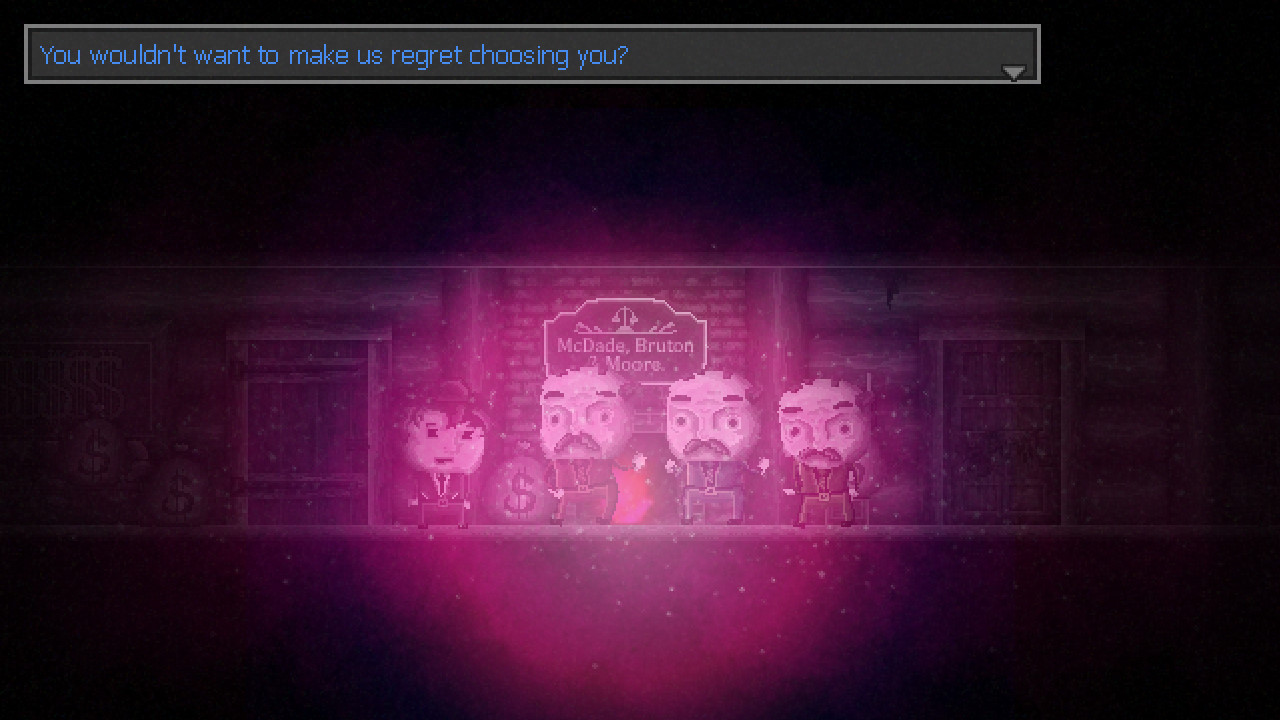
The aesthetics, particularly the visuals, complement the story and its pacing phenomenally well. Most of the locations Price visits are in even worse shape than Price’s own apartment with plenty of dust particles and fuzzy filters to add an extra layer of unpleasantness and some severely limited lighting to create a creepy atmosphere for the various hallways and rooms through which Price roams. In addition to this already creepy atmosphere, Price’s own mind supplies plenty of otherworldly and disturbing imagery filled with gallons of blood and a good number of jumpscares along the way. There are a few elements to the implementation of this aesthetic which I am particularly fond of. First, the trio of McDade, Bruton, and Moore serve to give the story an almost mystical, dark fairy tale quality. They are businessmen who are utterly indistinguishable other than through the colors associated with them and they serve as a sort of malevolent and omnipotent force, showing up together in the most unexpected places to tempt Price with promises of wealth while dancing, fully capitalizing ‘important’ words, and echoing each other’s words. I am also fond of how Price takes his gradual loss of sanity in stride, acknowledging at times that what he is seeing can’t be real and that he must be going insane while rarely reacting all that strongly to the grotesque imagery around him and sometimes even casually interacting with it. It may seem a bit ridiculous that Price barely so much as bats an eye at a room rapidly filling with blood and gore, but I think at the end of the day it fits his character and serves to increase the dreamlike quality of the game; Price is more easily able to deal with gruesome and symbolic external manifestations of his inner conflicts than he is able to deal with the cold reality of needing to personally evict a kind old widow from her apartment.
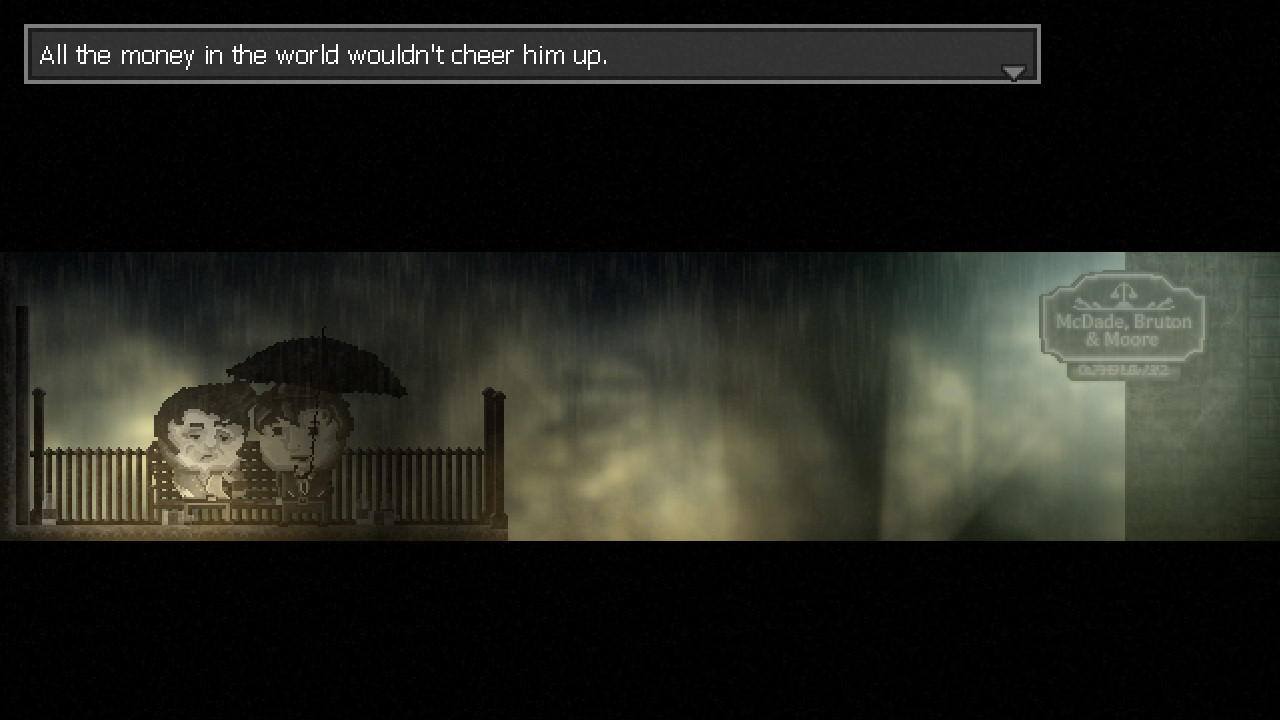
Though I’ve mentioned it before, the melding of reality and imagination is my favorite part of DISTRAINT outside of the story itself. Just as Price’s own sanity breaks down, it becomes increasingly difficult for players to determine what is even real. In the first half of the game most of the horrors are only temporary, invading the confines of reality only to disappear as abruptly as they appeared or are revealed to be perfectly ordinary parts of the environment upon closer inspection. However, by the second half of the game Price’s delusions have become even more violent, disturbing, and grotesque than they already were and the barriers between reality and delusion have deteriorated to such a great degree that players will need to combine elements from both to progress. My favorite location is actually the one right in the middle of the game as it serves as a transitional point. Without going into too much detail, I will say that it was incredibly jarring and disturbing to go from a game where horrors were temporary to one where everything suddenly has far more permanence.
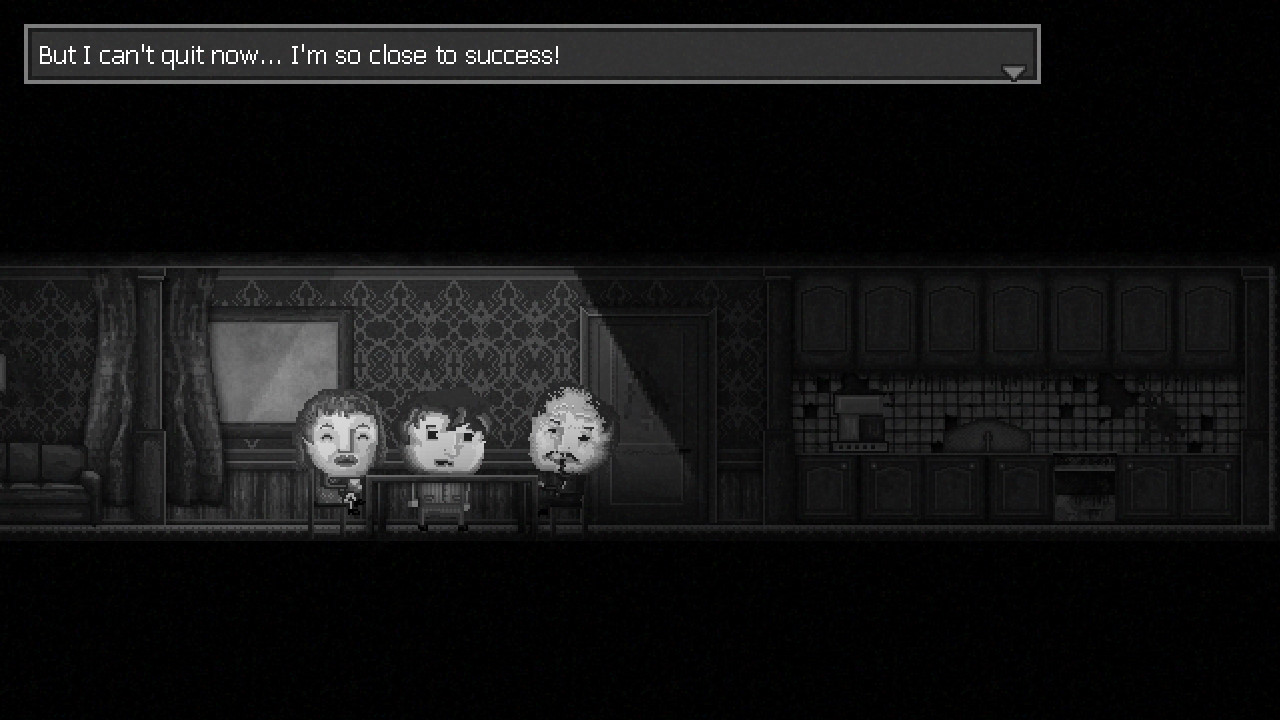
DISTRAINT is an excellent story with a presentation quality to match. The presence of jumpscares and some truly gruesome imagery might serve as a barrier to entry for some (I personally normally hate jumpscares and can rarely play games where they are present), but if at all possible I would highly recommend facing this game’s horrors as Price’s story is one which is well worth the cost of entry.